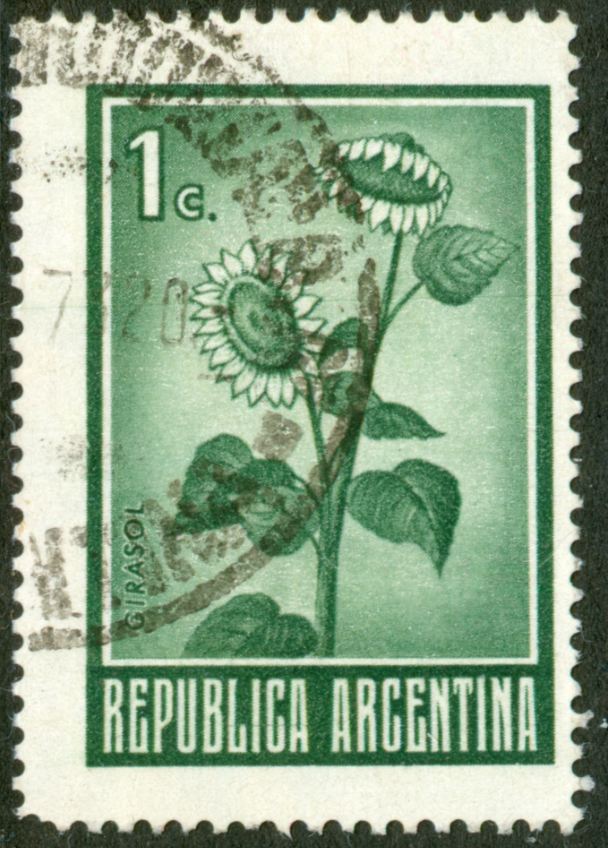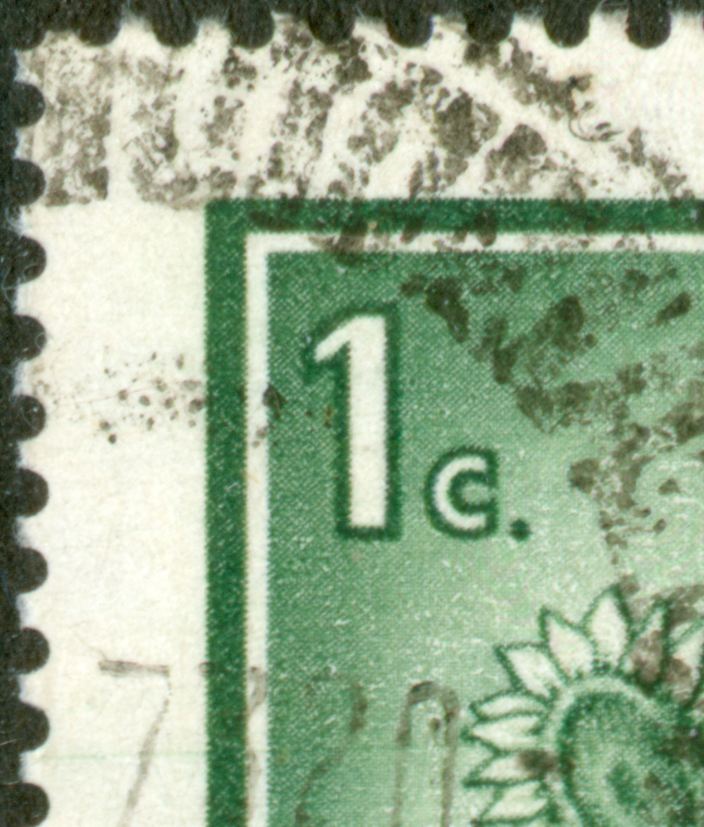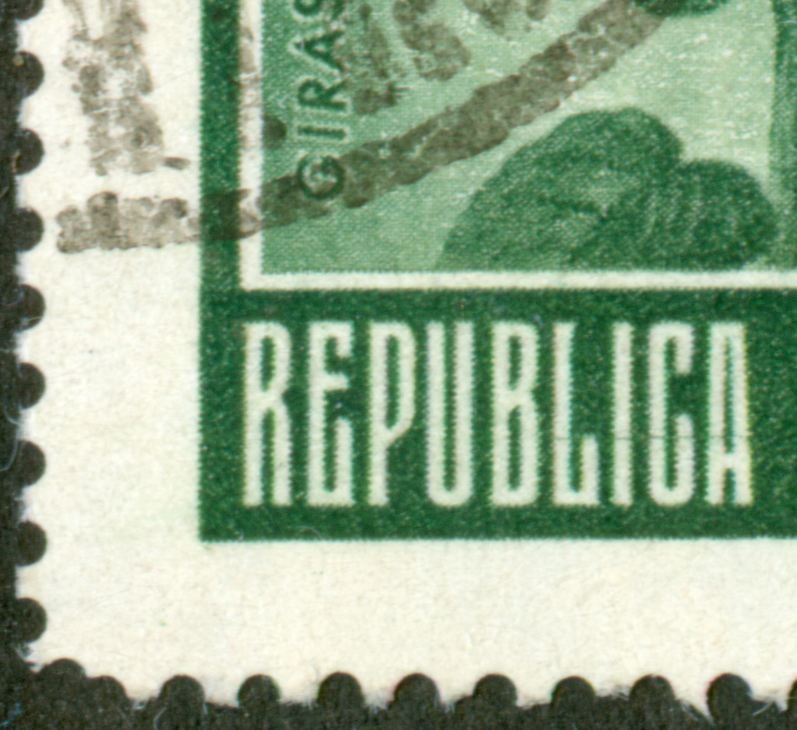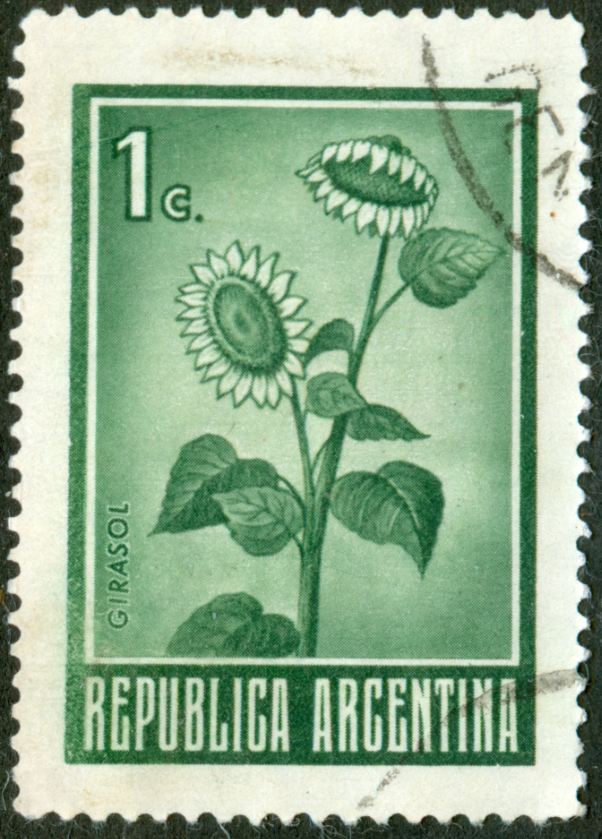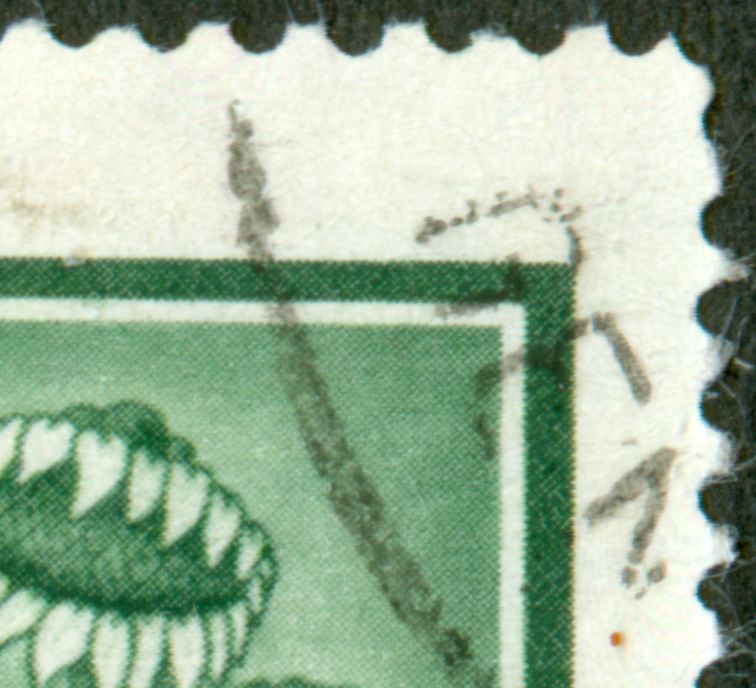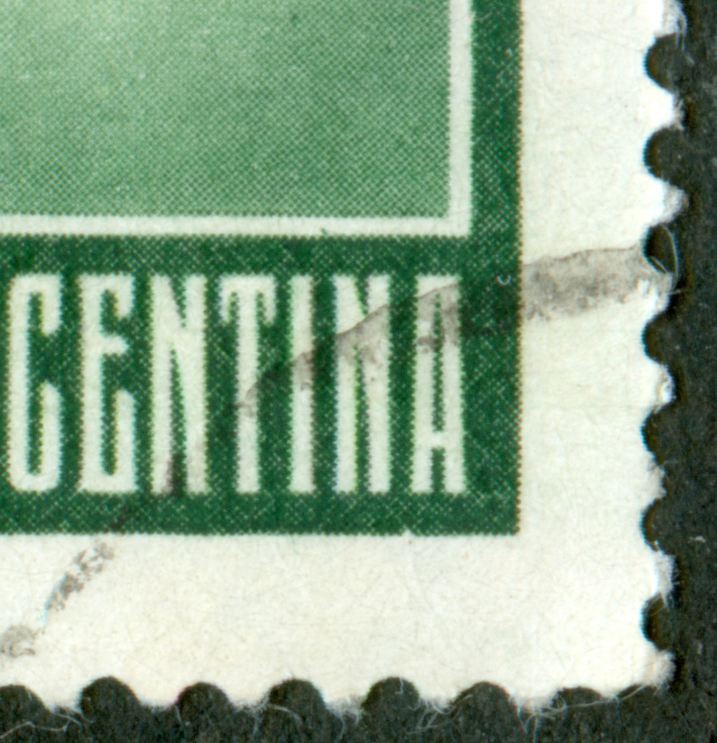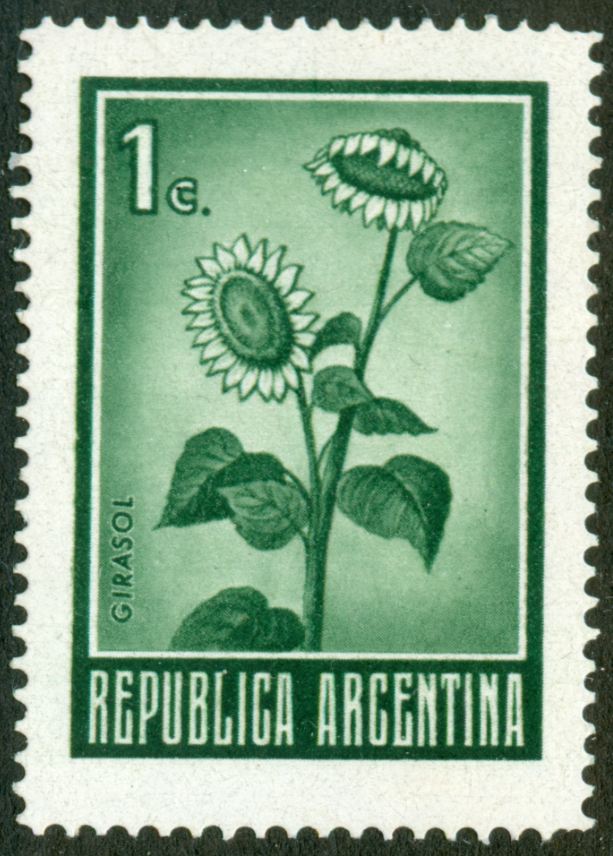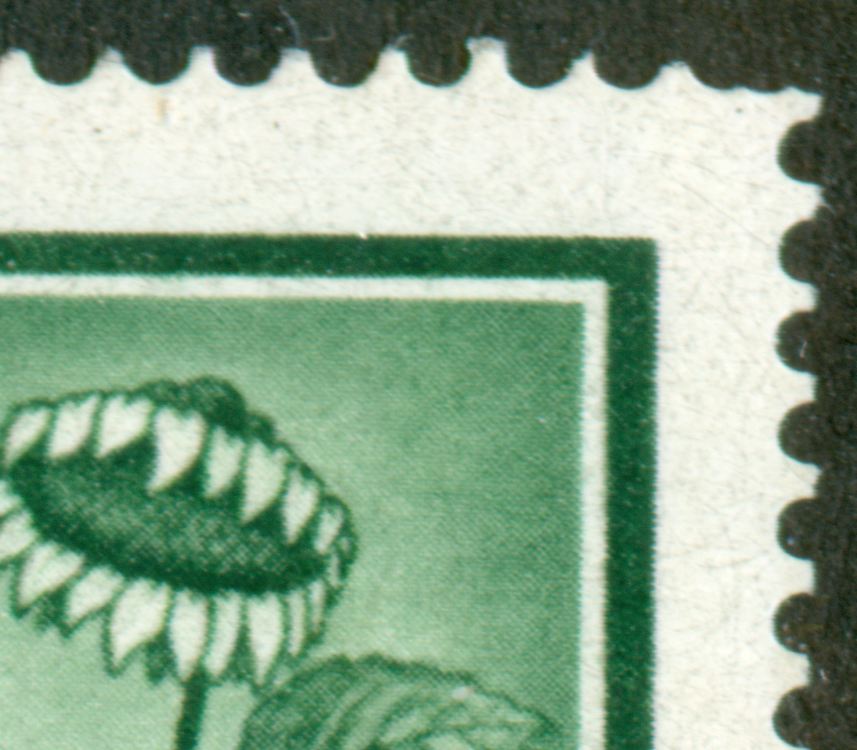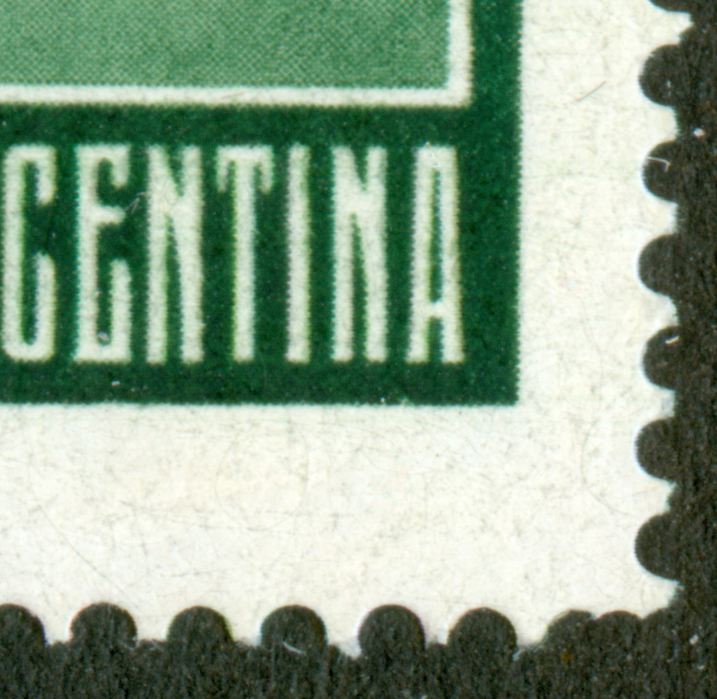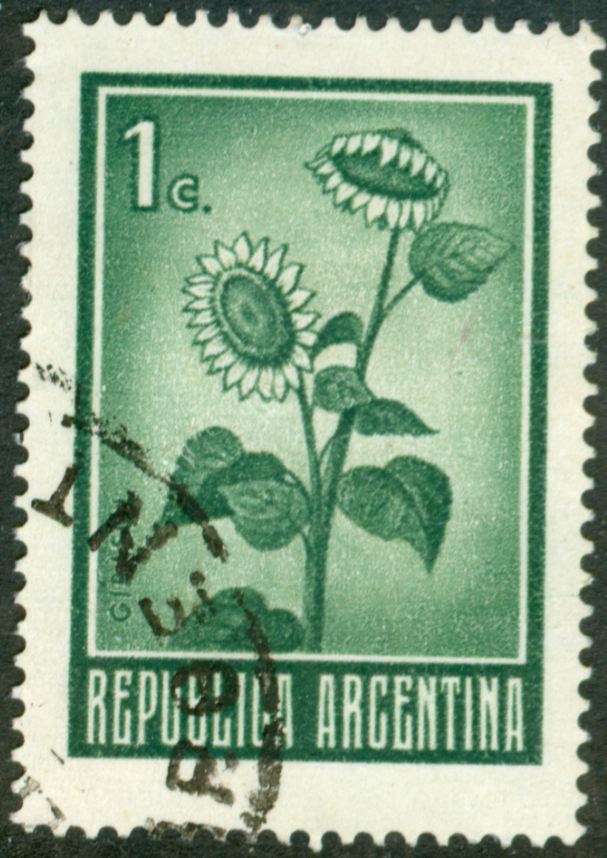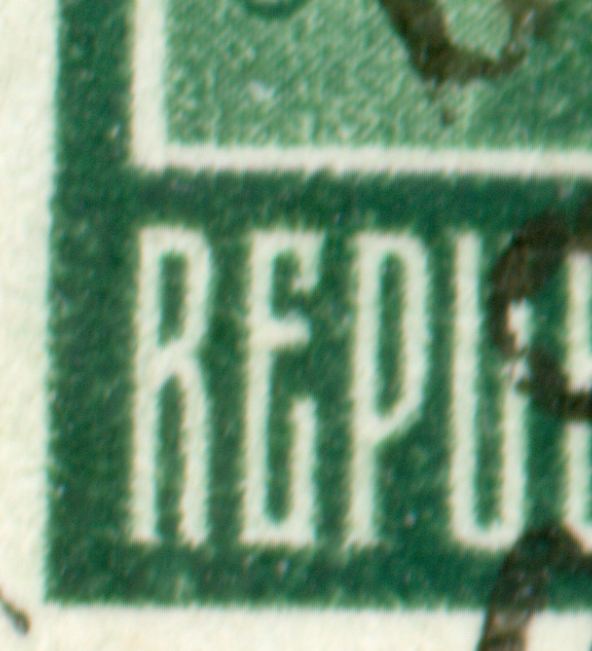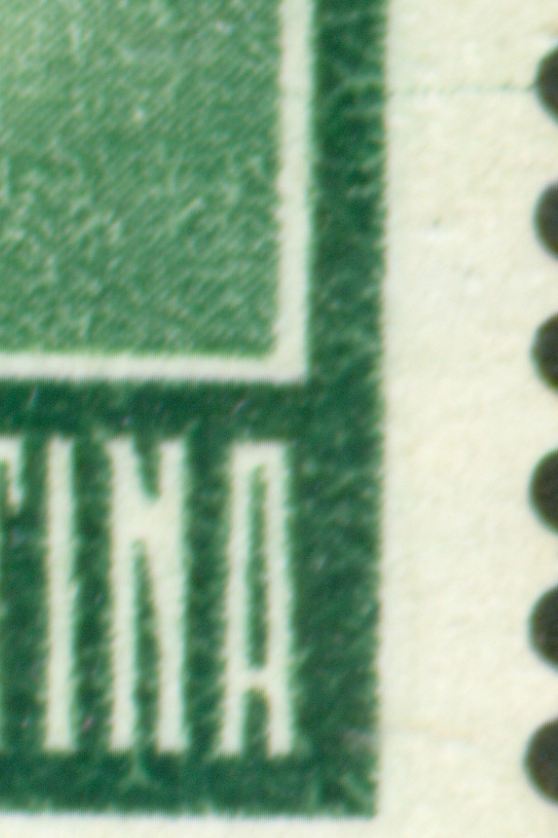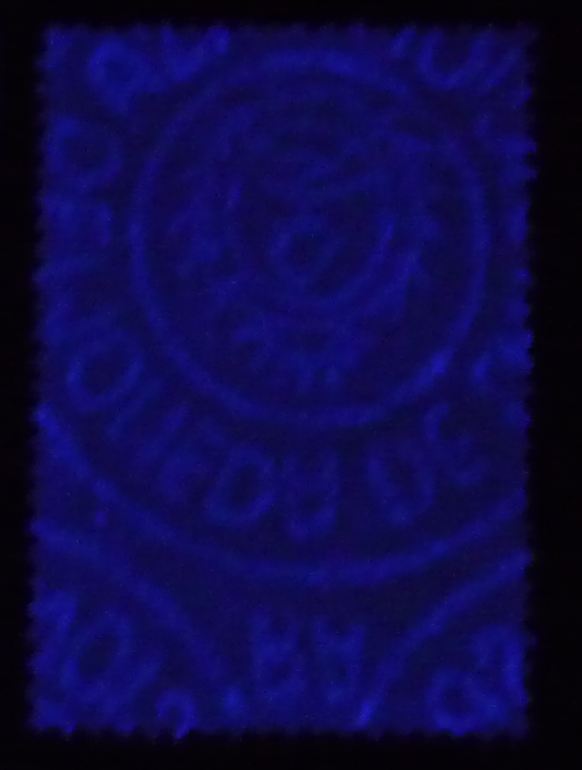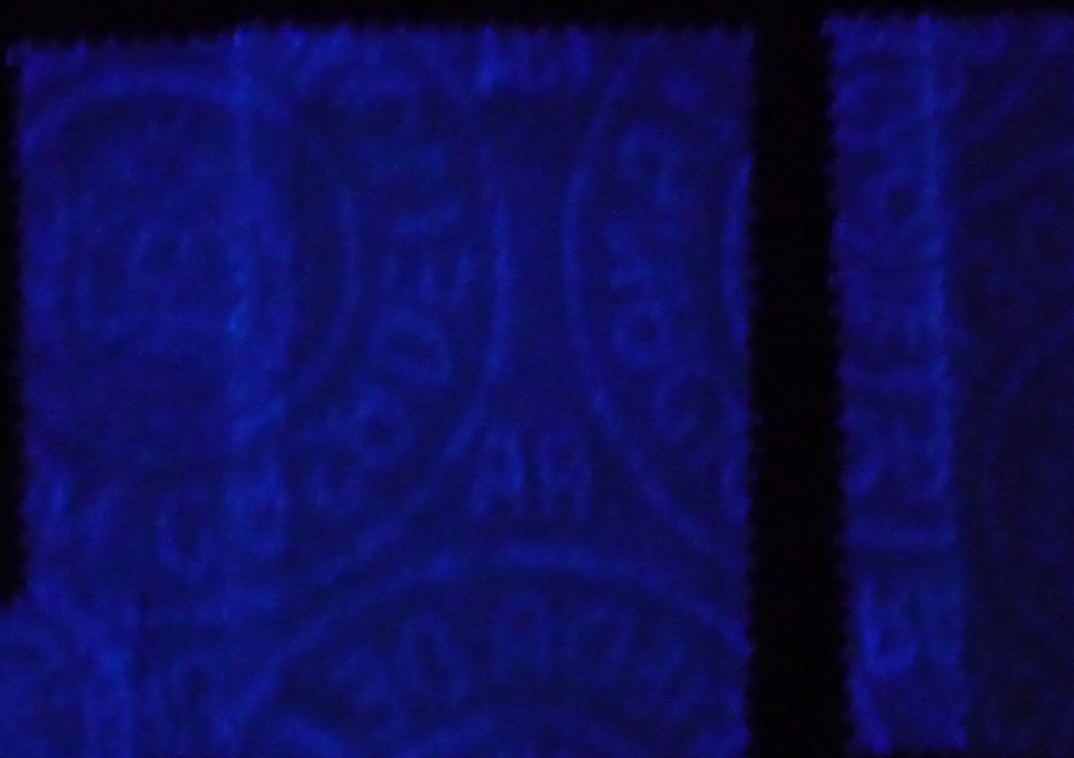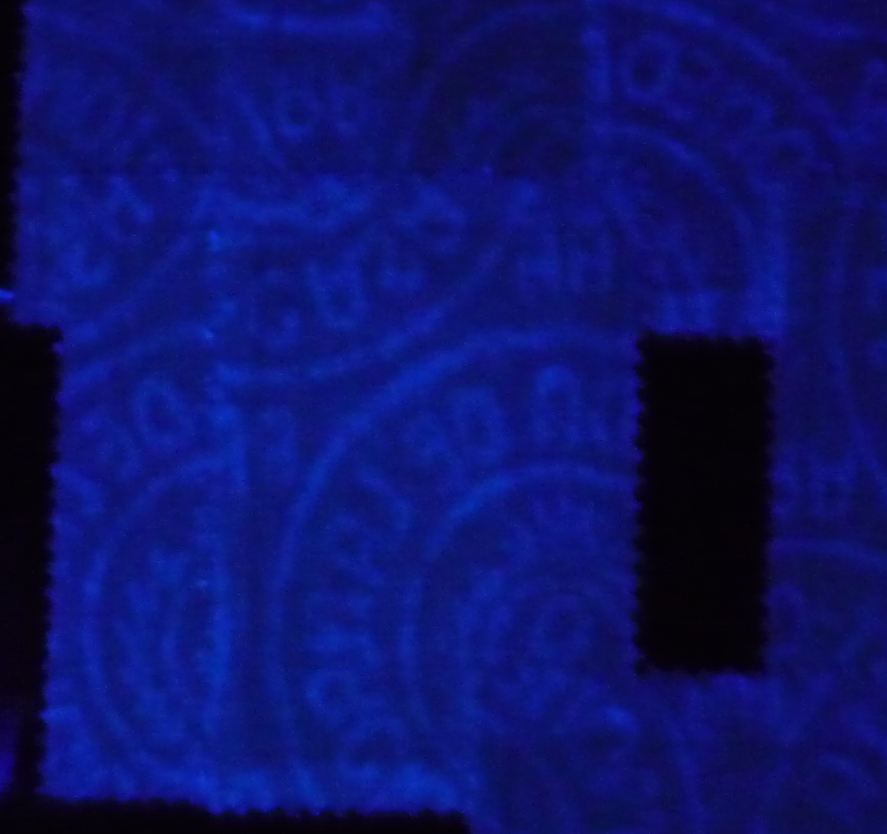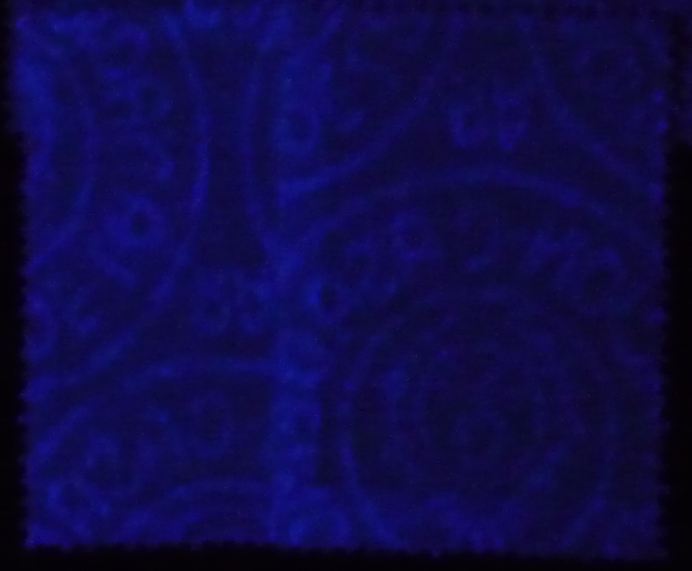A great article but a few things ought to have been had the authors read the Foro! And even in the 2009 edition....patagonian » 18.09.2011 14:17 escribió: En el día de ayer el Dr. Guillermo Pettigiani, como presidente de la Sociedad Filatélica de la República Argentina, ha tenido la gentileza de autorizar la publicación en nuestro Foro el artículo "Nuevas Versiones Del Sello girasol Verde 1c" de autoría de Alberto Maizel (nuestro usuario alberto340) y Eduardo Williams, gracias a gestiones de Alberto (coautor del trabajo).
La versión papel del artículo podrán encontrarla en las páginas 21 a 25 de la última Revista Filatélica Argentina (Nº 229) que publica SOFIRA, con quienes rogamos ponerse en contacto a los interesados en suscribirse a esta prestigiosa publicación.
viewforum.php?f=98
RFA Nº 229 (enero 2011), publicada por SOFIRA.
Agradecemos profundamente la voluntad del coautor y la presidencia de SOFIRA en favorecer la difusión de estos trabajos, que no pueden tener otra consecuencia que el mayor conocimiento y la detección de nuevas variedades no clasificadas y/o la confirmación de las recientemente encontradas.
Cordiales saludos,
Néstor.
"La Filatelia comienza donde termina el catálogo".
viewtopic.php?f=49&t=6578&start=2
to be continued ....






